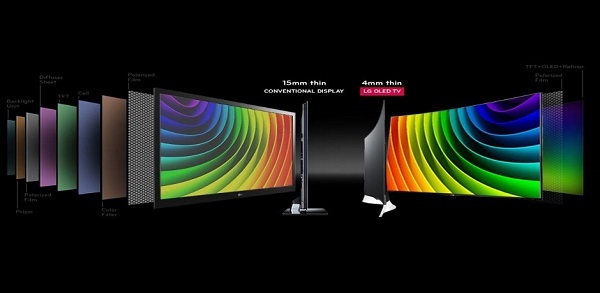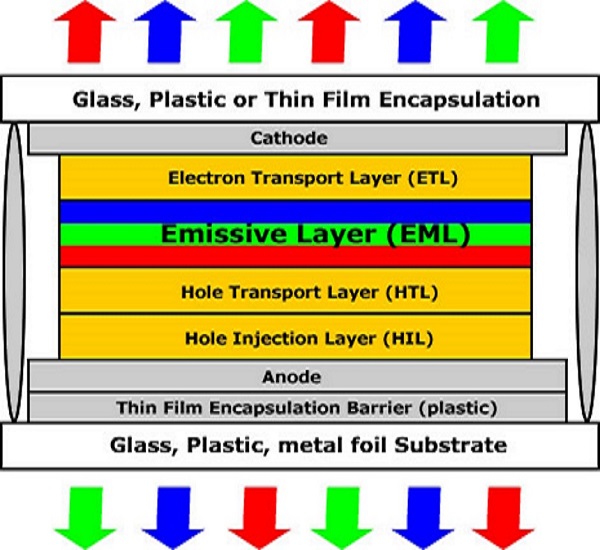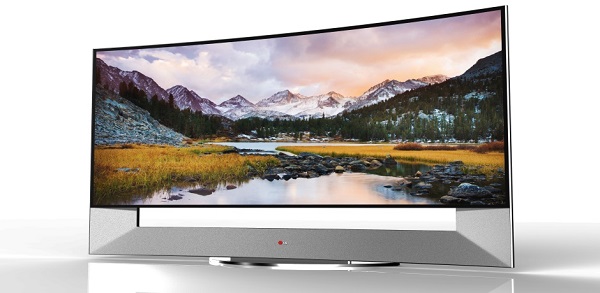There are a ton of display choices in this great big digital world of ours, and the two most important ones are our phones and televisions. Both choices today are numerous and we’re often told that the newest, biggest, brightest displays are the best.
The thinnest devices on the market are either LED or OLED. But there is a huge difference in price for the TVs where our phone costs tend to be a bit more similar. We all work hard for our money and we don’t want to waste a dime of it on something unworthy. So let’s break down the differences between the two to see what makes sense for the everyday consumer.

Prior to LED displays we had Liquid Crystal Displays (LCD) which seem like they have been around forever, and they kind of have been. LED display technology is a step up, having been introduced about 6 years ago as a leap forward in display back lighting technology.
LED displays are essentially LCDs that are backlit with LEDs instead of fluorescence. LEDs use less power than their CCFL brethren and they are brighter too. One set back is that any kind of back lighting at all contributes to an increased thickness of all LED displays.
OLED technology is unique in that each pixel actually creates its own light so there isn’t any additional backlighting needed. This technology allows these displays to enjoy an extremely thin cross section and a rather large portion of OLED TVs are as thin as your iPhone 6.

One would be forgiven for thinking that these panels are made up of some sort of black magic but they are actually composed of delicate layers of the latest technology. These layers include: a glass substrate, a transparent anode, organic layers, conducting layer, emissive layer, and a cathode.
The downside to LED technology is that they are brighter than LCDs and they tend to wash out darker colors. OLED panels can create deeper blacks by completely turning off their pixels and brighter whites for a better contrast ratio.
OLED panels are incredibly fast switching creatures when it comes to creating colors as well. You may have heard of AMOLED displays, particularly in phones. The “AM” stands for active matrix, as in “Active Matrix Organic Light Emitting Diode”. These types of displays are most common in consumer OLED TVs and phones due to their super low energy consumption. AMOLED displays have very fast refresh rates and as such are more suitable for playing video without blurry images or “ghosting”.

Ok, here’s the rundown of our comparison. LEDs and LCDs are cheap to manufacture and offer a great display. The drawback is that they wash out blacks and other dark colors that are important to a display especially in the sun.
OLEDs are thinner and consume far less power which is good for global energy consumption reasons. They also offer a wider viewing angle and better refresh rate. But OLEDs have only just begun to come down in price due to new more efficient manufacturing methods. OLED displays are the future and with time will be integrated into more and more of our everyday life. It’s safe to say that LCD/LED displays are the best bang for your buck until OLED prices descend from the stratosphere.
By Aaron Labarbara
Advertisement
Learn more about Electronic Products Magazine





